Top 8 drink trends for 2017
 Drinks are there to be explored – like a big juicy mountain filled with chocolate and tobacco notes, but most people keep to a simple, trusted formula – namely finding something they like and sticking with it. This perhaps explains our eternal and completely understandable fascination with New Zealand Sauvignon Blanc, but every now and then something weird happens. It begins with a sudden, often inexplicable rise in interest in an overlooked, emerging or time-faded spirit, or grape varietal and before you know it a trend is born.
Drinks are there to be explored – like a big juicy mountain filled with chocolate and tobacco notes, but most people keep to a simple, trusted formula – namely finding something they like and sticking with it. This perhaps explains our eternal and completely understandable fascination with New Zealand Sauvignon Blanc, but every now and then something weird happens. It begins with a sudden, often inexplicable rise in interest in an overlooked, emerging or time-faded spirit, or grape varietal and before you know it a trend is born.
Trends however are nothing to be afraid of, baffling as they may occasionally be (blue wine I’m talking to you), they create an enthusiasm and visibility that tempts people away from those happily ingrained habits. Take a chance and the worst that will happen is you mark a new drink in the tried but not for me category, but with a bit of luck you might actually discover a brand new love affair. With that in mind, we at The Tasting Class, have done some of the hard work for you by drinking a whole lot of trending wines, beers and spirits (you’re welcome!) to discover what’s hot right now in the UAE and beyond. Here are our top 8 drink trends for 2017, and where to buy them:
- Torrontés – grown almost exclusively in Argentina, Torrontés balances a tangy, acidic freshness with perfumed, tropical fruit aromas, but don’t be fooled, as that sweet, candy smell hides a cool, dry flavour that matches wonderfully with Asian and Indian food. The best examples come from the Cafayete, Salta area, the highest wine region in the world (only stocked here at MMI with the Zuccardi Serie A and Bodega Colomé), whereas those grown further downhill can be a little overpowering to the nose, so be sure to choose the right one.
- Rioja – the region of Rioja, Spain consistently over-delivers, combining the earthy complexities of old world wines with the powerful fruit flavours and bold, sweet and spicy aromas we love about the new. Once you wrap your head around the quality tiers it’s actually pretty easy to find what you’re looking for. Rioja/ Rioja Joven are young, tangy and refreshing medium bodied reds. Rioja Crianza is a personal favourite, full of sweet cherry characteristics. For those who like something big and brooding, Rioja Reservas are toasty and smoky, whilst Rioja Gran Reserva is the most full-bodied of all. Already quite old on their release, you’ll pay for the privilege, but trust me, it’ll be worth it. A+E stocks the Viña Pomal range of Rioja wines; Barracuda has the Beronia range; and MMI, the Marqués de Cáceres range.
- Italian wines from Puglia and Sicily – Puglia and Sicilian wines are experiencing a renaissance right now, which is great, as until recently both have suffered from poor career choices, preferring quantity over-quality, much like Steven Seagal. However refreshed investment and modernisation, paired with a movement to tighten up their notoriously loosey-goosey winemaking regulations have seen the quality shoot up without a corresponding surge in price. From Puglia look out for full bodied, spicy red grapes like Primitivo, whilst Sicily’s Nero d’Avola has thick, juicy flavours of black cherry and vanilla. MMI and Al Hamra Cellar stock Feudo Principi di Butera Nero D’Avola and Masseria Altemura Sasseo Primitivo – whilst A+E and The Cellars offer Da Luca Primitivo and the Sherazade, Donnafugata Nero D’Avola.
- Hot pink rosé – in case you hadn’t heard the Monaco Gatorade is no longer considered solely for girls, with more and more men proving they’re not afraid to drink pink. This, combined with the recent Frosé fad (a rosé, lemon and sugar slushy) might then explain the doubling of sales in the last year alone. Traditionally the most success has been by the delicate, barley-coloured blushes of Provence in Southern France, but New World examples such as the Langmeil Bella Rouge from Australia (available from Eurostar Cellars) and the Montes Cherub Rosé from Chile (available from A+E and The Cellars) are catching up fast. These tend to be bolder in colour, as well as bigger, fruitier and usually cheaper than their French cousins.
- Cava – people love bubbles, which is why Champagne has been on trend for about 300 years or so. More recently Prosecco, with its smile-inducing pricing, has come into its own, making practically anything a cause for celebration no matter how tenuous. However Spain’s signature sparkling, Cava has been a slow burn. Made from native Spanish grapes, Cava falls somewhere between the two – a similar, labour-intensive production to Champagne, yet somehow closer in cost to its Italian cousin. However it shouldn’t be written off as a cheap fizz, possessing as it does lemon, toast and marzipan-like flavours and aromas that are special in their own right. A+E and The Cellars stock Codorníu Clásico Cava NV; MMI and Al Hamra Cellars, Freixenet Cordon Negro, Cava DO; and Barracuda, Agusta Torello Mata Reserve 2012 Cava, as well as Gran Caustro Reserva 2012 Brut Nature.
- Vermouth – this retro classic is coming back in a big way, which shouldn’t come as any surprise as bartenders have long used it to add depth of flavour and a balancing bitterness to their drinks, however it’s equally good on the rocks or with a splash of soda for a tasty low calorie drink. Leading the charge in Dubai is Cocktail Kitchen with more than fifty varieties, or if you’re in London, head to Mele e Pere or the Connaught.
-
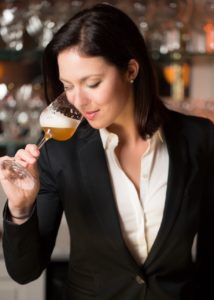
Lindsay Trivers – The Tasting Class
Pairing beer with food – we are finally realising that matching beer to food can be just as rewarding as any classic wine pairing, coming as it does in a huge array of styles with an impressive range of flavours – from delicately spiced wheat beers, to sweet, roasted dubles, and food-friendly sour brews like Gueze and old Flemish Browns. The Tasting Class, in particular, has been having fun taking the classic chicken wings and beer match, up a notch, with premium beer pairings to a range of much-loved wing sauces. A+E and The Cellars have the most comprehensive craft beer stock (provided you order in advance) – my three recommendations are Kasteel Donker, Barbãr and Brooklyn East IPA.
- Being good to the planet – biodynamic and sustainable beverage products continue to hit the markets hard and fast, but taking it one (mildly controversial) step further – and wine traditionalists, please cover your eyes, draft wine programmes are now taking hold in a big way. They might not have the romance of a popping cork, but they succeed in reducing wines’ carbon footprint by a whopping 40%, making at least one aspect of your drink largely guilt-free. Leading the charge in Dubai, is Segreto Wine Bar at Souk Madinat.
Any more drink trends to add?
Lindsay Trivers is the founder of The Tasting Class in the UAE, where you can read blog tips on all things alcoholic, book a private home tasting, or join a public tasting. She’s also the official sommelier on FooDiva’s mystery #DineAroundDubai experiences.
Top 8 drink trends for 2017 in UAE and beyond plus where to find them – so says @TheTastingClass for #FooDiva 🙂 https://t.co/lzQH79VCLJ
— FooDiva (@FooDivaWorld) December 15, 2016
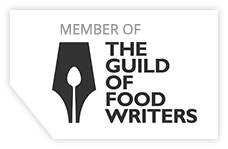














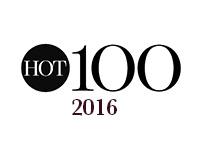
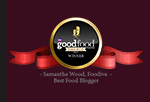
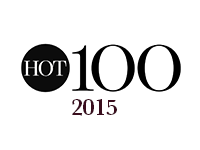







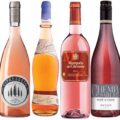
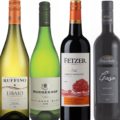
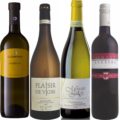
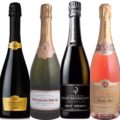
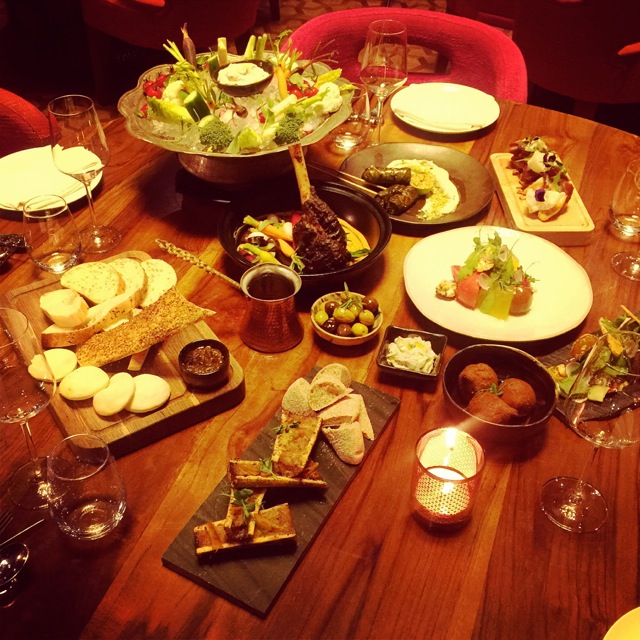

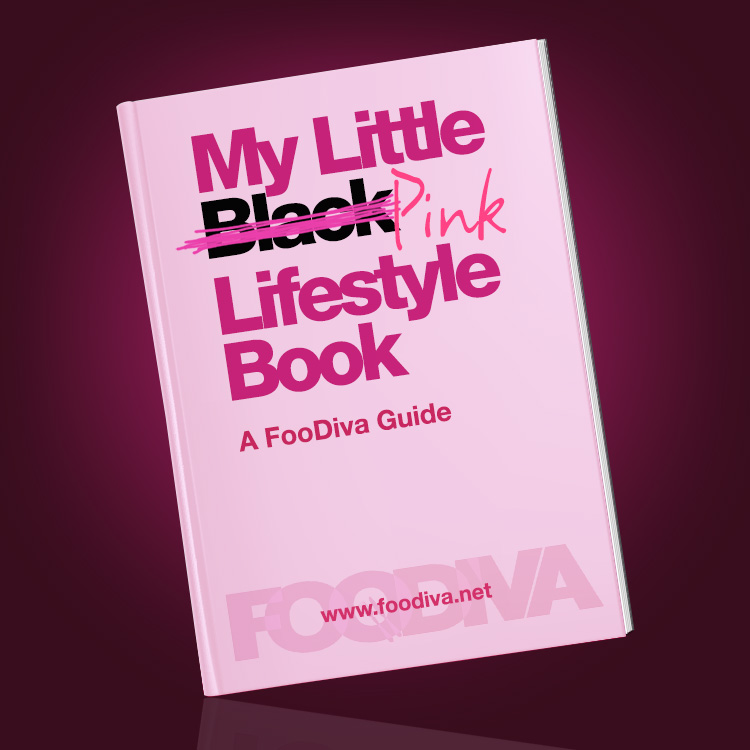






Very interesting piece, though the UAE market is obviously skewed by the high price of alcohol, which perhaps makes people less adventurous than they might otherwise be. Here, in the UK, I’m seeing two trends. With wine, it’s the popularity of wine flights in restauramts, allowing diners both to pair wine and food plus, more importantly, be introduced to wines they might not otherwise try. With spirits, it’s the continual irresistible rise of gin as the key spirit, with new boutique distilleries opening monthly and highly individual gins hitting the market for about twice the price of main brands like Gordon’s. Interesting too to see the re-emergence of the London/Portsmouth rivalry. What this is also doing is opening the door to other small batch spirit production: just in the last month, I’ve seen adverts for British vodka, schnapps and even Armagnac. Finally, not just yet but certain to play a bigger part on the market thanks to the UK’s increasingly warmer Summers, will be increasing drinkable English wines rather than the thin and over-sweet bottles that currently represent the market. One final off the wall production from me: boutique ciders and perries…
You’re absolutely right Dave. The UAE market is skewed by a few things. One, the high price of alcohol and two, the difficulty of importing a wider range of smaller-production beverages.
While the people of the UAE can enjoy a well-rounded portfolio, not just anyone can bring drinks into the nation, and not just anyone can supply the bars and restaurants in Dubai, the region’s biggest market. The few companies who can bring beverages in are pretty locked down with the key global beverage companies. Further to that if a product hasn’t proven its sales success internationally it’s unlikely to make it into the country. Perhaps it’s that people are less adventurous, but they also simply don’t get the exposure to all of the emerging trends here.
I’m happy to say that a few of the UK trends you’ve pointed out are taking hold in the UAE. Many of the go-getter sommeliers here are doing wine pairing flights, a lot of boutique gins have made it over thanks to the openings of a few specialty gin and cocktail bars – although I can’t see the UAE getting a distillery anytime soon (baby steps 😛 ). Not even the glorious English sparkling wines have hit the UAE market, which is likely not because it’s not on the importers’ radar, but because it would cost consumers a bomb, out-pricing Champagne. Plus, a nation would need to be educated in how special it is before it would sell. No easy feat considering that advertising alcoholic products isn’t allowed here.
New ciders turn up from time to time, but they’re mainly from huge producers and nothing has really taken hold that I’ve seen yet.
All that said, Dubai is on the up for its beverage offerings. The hospitality industry keeps importing more passionate pros for all the new restaurants opening as the city nears it’s 20/20 tourism vision. The suppliers are working hard to educate the trade on their products and how to best use them, and consumers keep asking for more variety, drink deals around the city are increasingly competitive, and there are increasingly more online forums where people in the UAE can discuss alcohol openly.
Thanks for your comment… You’ve succeeded in making me homesick for the glorious beverage scene in the UK.